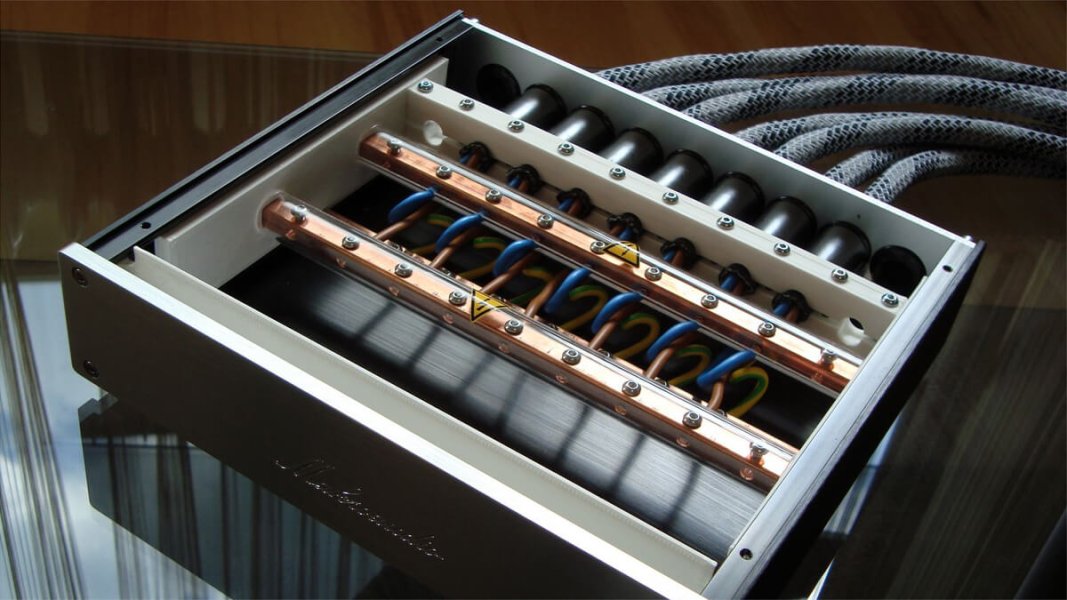Unfortunately the Achile's heel of such screening systems - used in medical transformers for safety reasons - is the quality of the earth point. Typically ground resistance is a resistive value measured with a 50 or 60 Hz signal - as frequency increases the impedance increases.
The problem is much more complex than we can figure - it is why people write long and exhaustive excellent books on the subject, such as
https://www.amazon.co.uk/Grounding-...p-111918374X/dp/111918374X/ref=dp_ob_title_bk
The link refers to the 2016 edition - due to the evolution of electronics devices, such as computers and mobile systems , the edition a few of us studied is now obsolete ...
Most high-end designers did not read the book, so their products have non- predictable performance in terms of RF interference. An ideal device would be insensitive to mains quality and RF interference. Knowing that there are no ideal devices, laboratories, military, studios and manufacturing facilities have strict rules to deal with it. But in the non ruled high-end forest where anything grows all we have is a mix of empirical knowledge, fortunately some times complemented with science.










